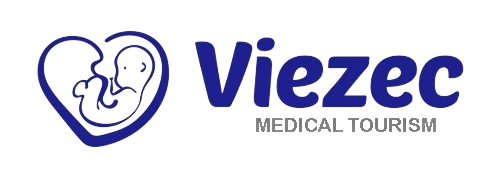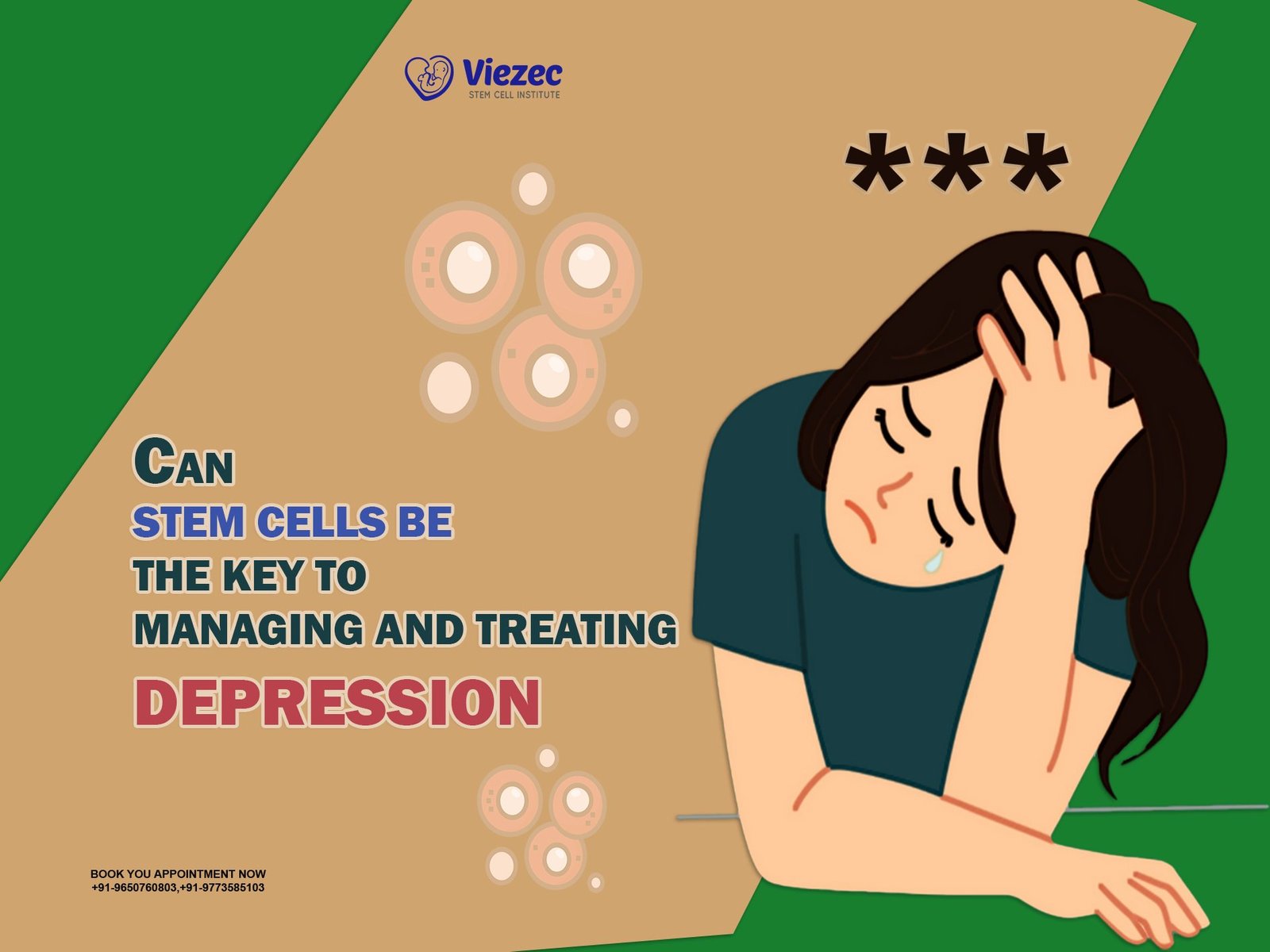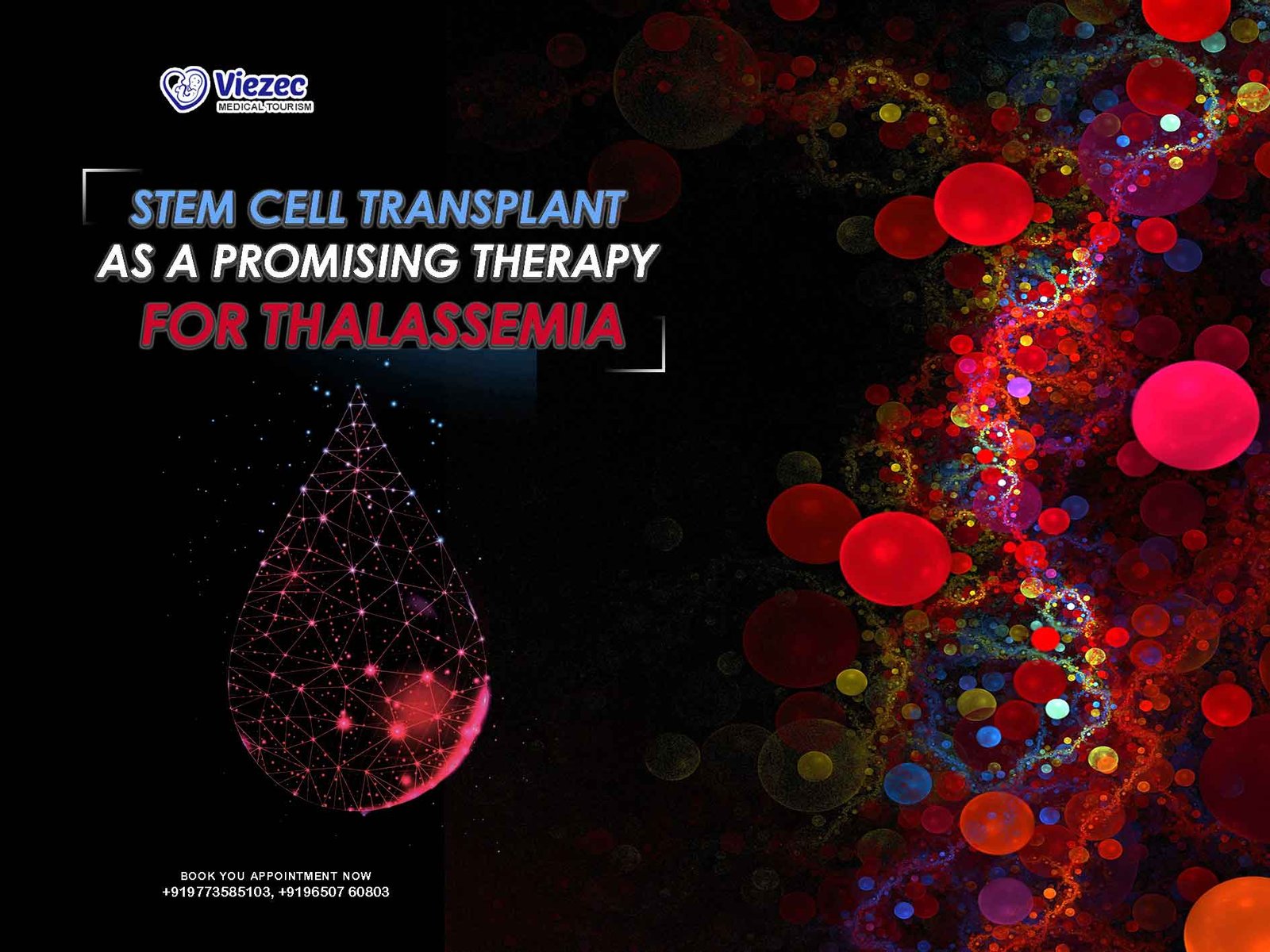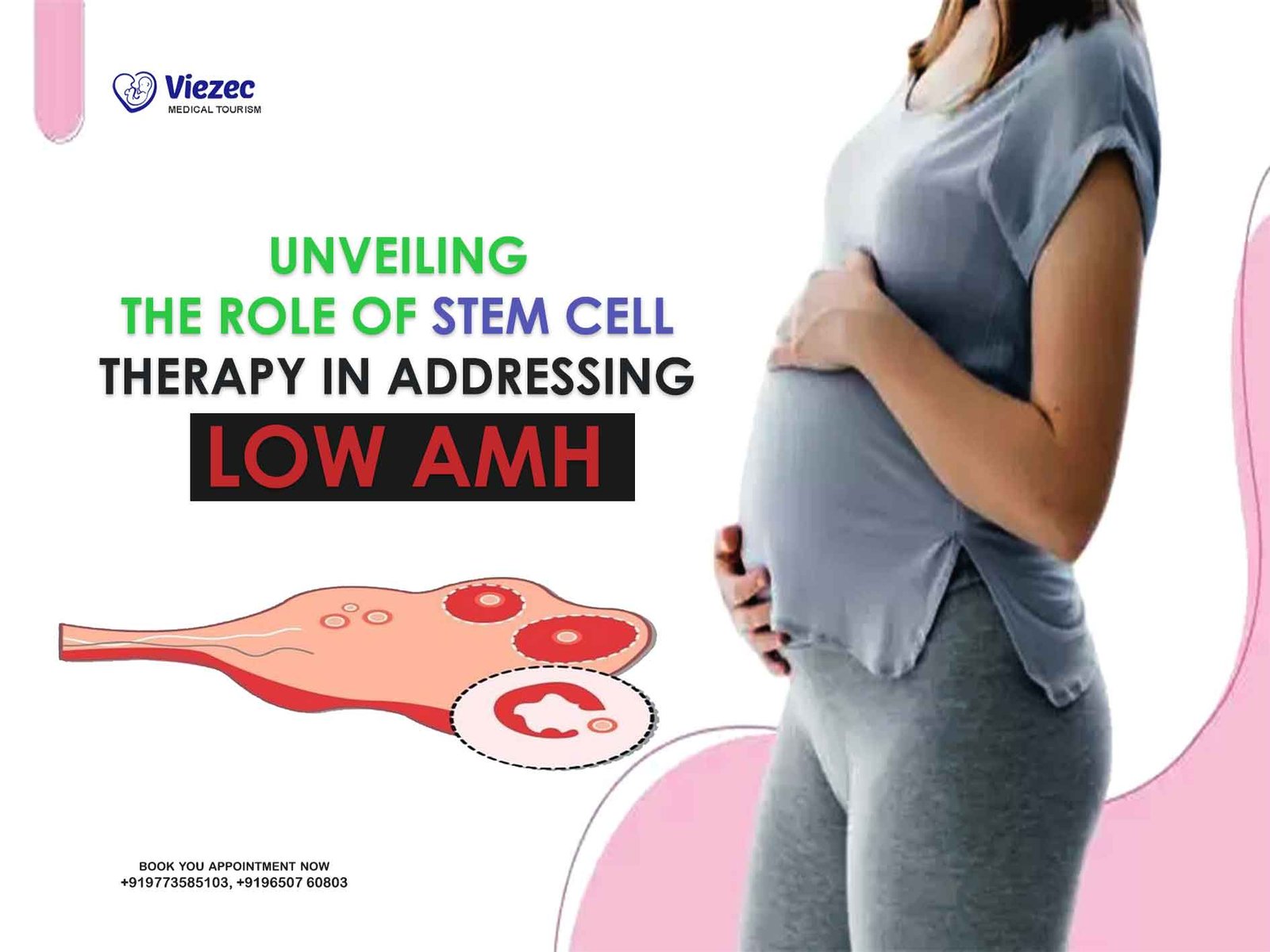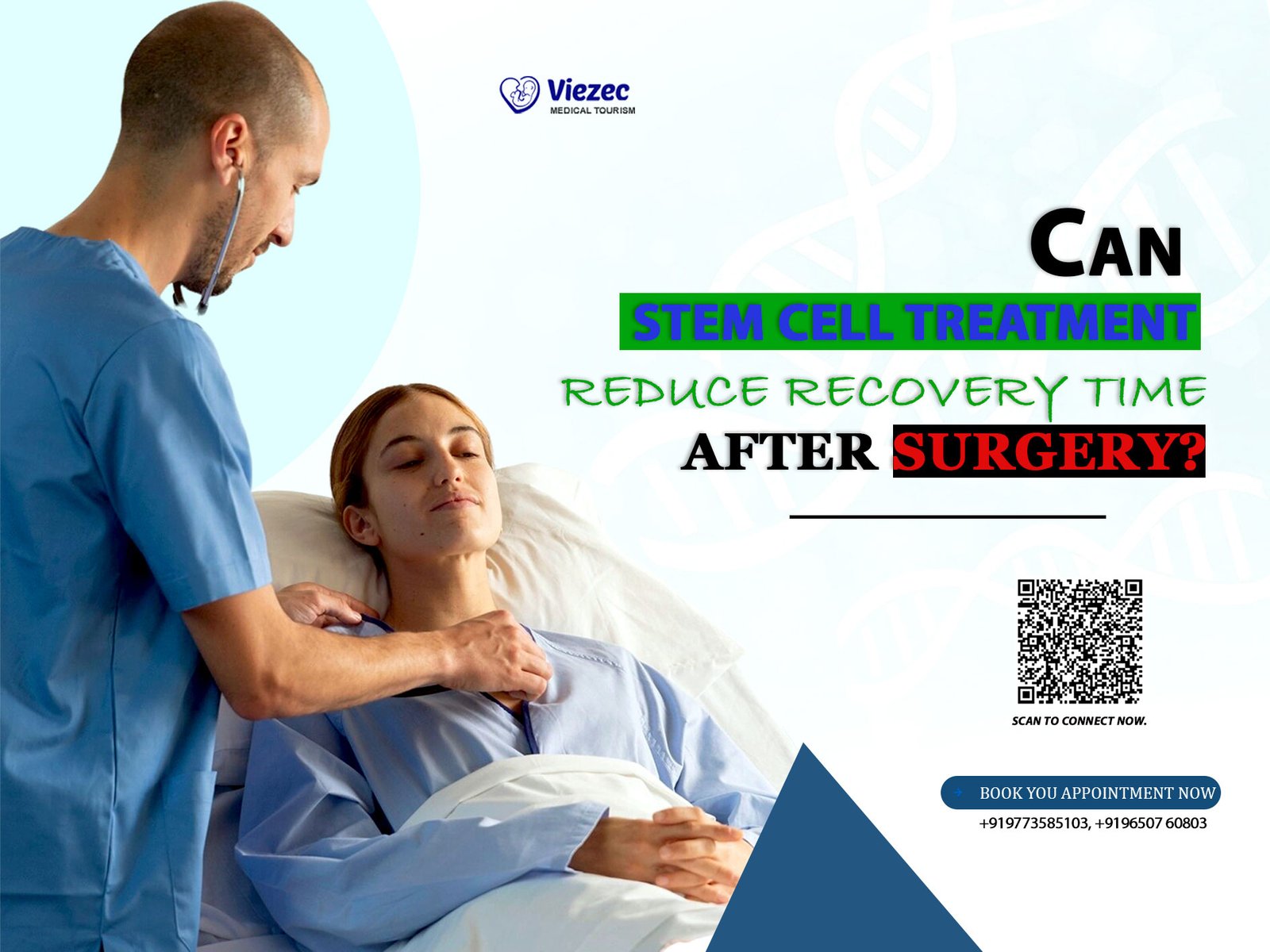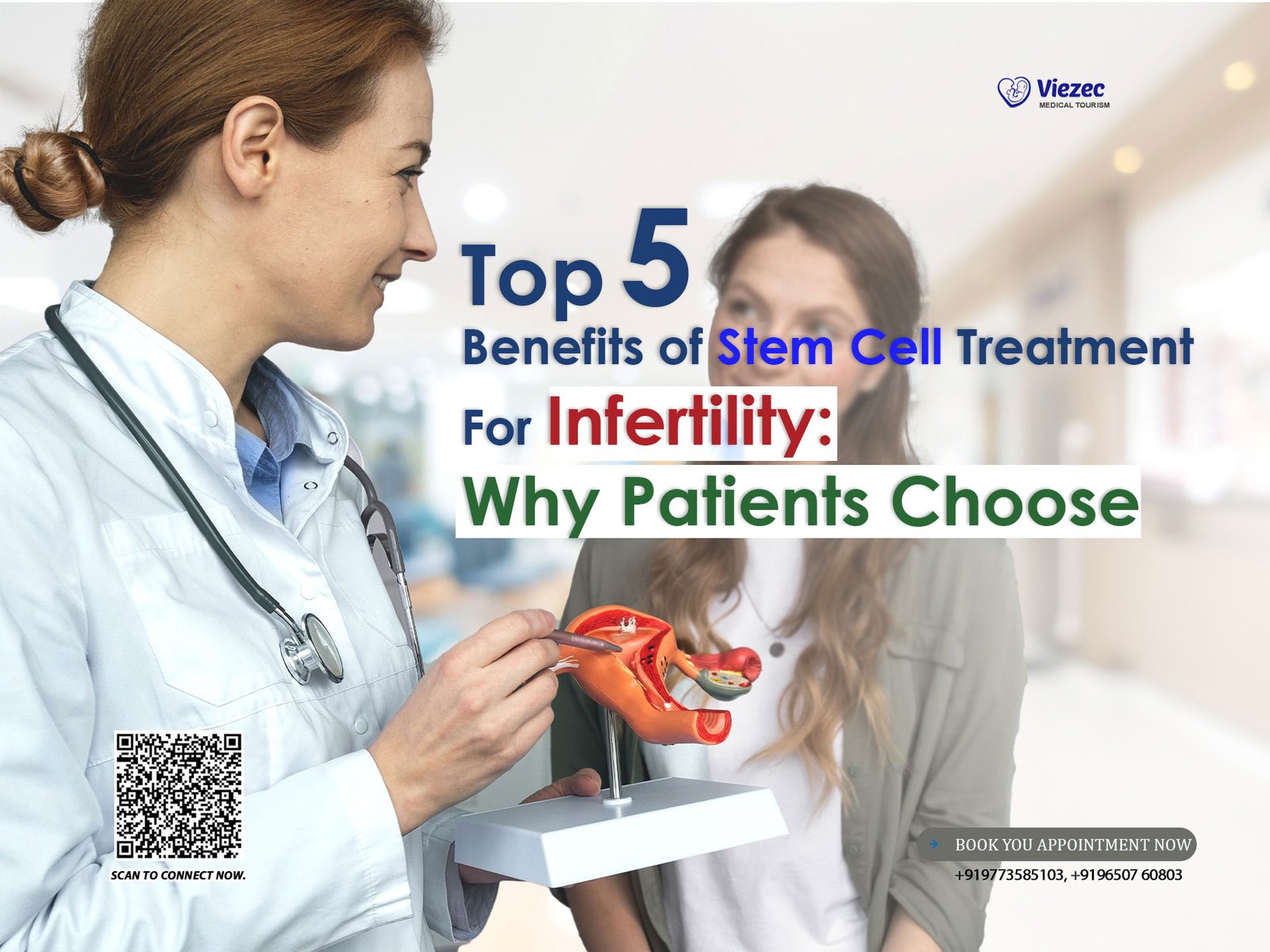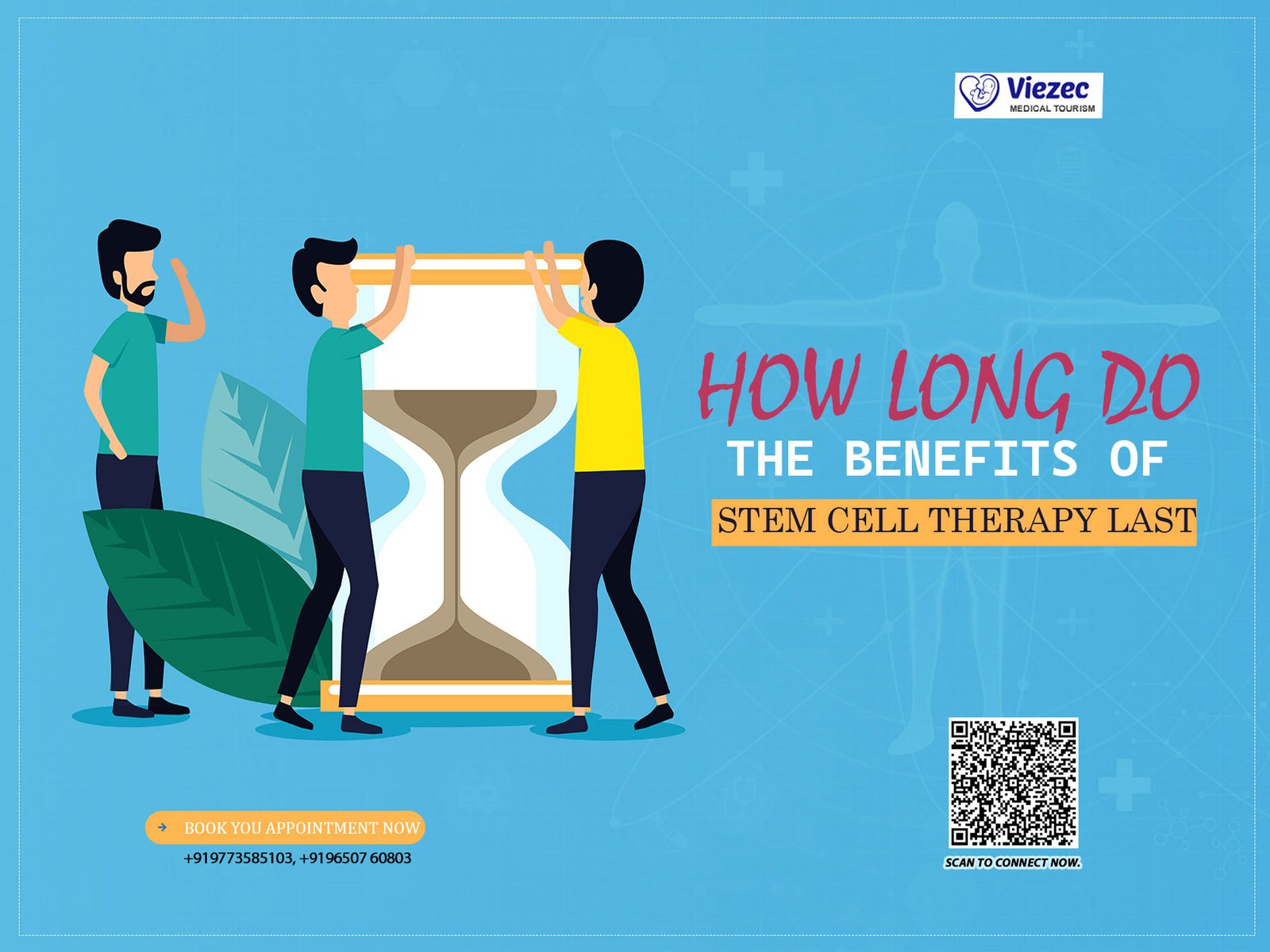In the realm of medical science, one of the most revolutionary advancements in recent years has been the development of stem cell rejuvenation therapy. Stem cells, with their unique ability to transform into various types of cells in the body, hold immense potential for regenerative medicine. This therapy offers promising prospects for treating a wide array of diseases and conditions, but perhaps most notably, it is redefining the way we perceive and approach aging.
Understanding Stem Cells
Before delving into the intricacies of stem cell rejuvenation therapy, it’s essential to grasp the fundamentals of stem cells themselves. Stem cells are undifferentiated cells with the remarkable ability to develop into specialized cell types. They serve as the body’s internal repair system, replenishing damaged tissues and organs throughout life.
Types of Stem Cells
There are several types of stem cells, each with its own unique characteristics and potential applications:
- Embryonic Stem Cells: Derived from embryos, these cells have the capacity to develop into any cell type in the body.
- Adult Stem Cells: Also known as somatic or tissue-specific stem cells, these are found in various tissues and organs throughout the body. They play a crucial role in maintaining and repairing specific tissues.
- Induced Pluripotent Stem Cells (iPSCs): These are adult cells that have been reprogrammed to revert to a pluripotent state, similar to that of embryonic stem cells. This technology allows for the generation of patient-specific stem cells for therapeutic purposes.
Plan Your Stem Cell Therapy Procedure in India
The Aging Process
Aging is a complex biological phenomenon characterized by a progressive decline in physiological function and an increased susceptibility to age-related diseases. While aging is a natural part of life, it is also influenced by genetic, environmental, and lifestyle factors. Over time, cells and tissues undergo cumulative damage and dysfunction, leading to the onset of age-related conditions such as osteoarthritis, Alzheimer’s disease, and cardiovascular disease.
Cellular Senescence
One of the hallmarks of aging is cellular senescence, a state in which cells cease to divide and undergo functional decline. Senescent cells accumulate in various tissues throughout the body, contributing to inflammation and tissue degeneration. Targeting and removing these senescent cells has emerged as a promising strategy for combating age-related decline.
Telomere Shortening
Telomeres, protective caps at the ends of chromosomes, play a crucial role in cellular aging. With each cell division, telomeres gradually shorten until they reach a critical length, triggering cellular senescence or apoptosis. Telomere shortening is associated with aging and age-related diseases, making it a focal point for anti-aging research.
Stem Cell Rejuvenation Therapy
Stem cell rejuvenation therapy represents a paradigm shift in the field of regenerative medicine, offering the potential to reverse age-related decline and restore tissue function. This innovative approach harnesses the regenerative power of stem cells to repair and rejuvenate damaged tissues, ultimately promoting healthier aging and extending lifespan.
Mechanisms of Action
Stem cell rejuvenation therapy operates through several mechanisms:
- Cell Replacement: Stem cells have the ability to differentiate into specialized cell types, replacing damaged or dysfunctional cells in aging tissues.
- Paracrine Signaling: Stem cells secrete bioactive factors that modulate the local cellular environment, promoting tissue repair, reducing inflammation, and enhancing regeneration.
- Immunomodulation: Stem cells regulate the immune response, dampening chronic inflammation associated with aging and promoting tissue healing.
- Telomere Maintenance: Certain stem cell populations possess the enzyme telomerase, which can maintain telomere length and counteract cellular senescence.
Sources of Stem Cells
Stem cells used in rejuvenation therapy can be derived from various sources:
- Autologous Stem Cells: Obtained from the patient’s own body, typically from adipose tissue, bone marrow, or blood.
- Allogeneic Stem Cells: Harvested from a donor and then transplanted into the recipient.
- Induced Pluripotent Stem Cells (iPSCs): Generated from adult cells through reprogramming, offering the advantage of patient-specific therapy.
Applications of Stem Cell Rejuvenation Therapy
Stem cell rejuvenation therapy holds immense potential for treating a wide range of age-related conditions and promoting healthy aging across multiple organ systems.
Musculoskeletal Health
Degenerative conditions such as osteoarthritis and osteoporosis are prevalent among the elderly population, leading to pain, disability, and decreased quality of life. Stem cell therapies offer regenerative solutions for repairing damaged cartilage, bones, and joints, restoring function and alleviating symptoms.
Neurological Disorders
Age-related neurological disorders, including Alzheimer’s disease, Parkinson’s disease, and stroke, pose significant challenges to healthcare systems worldwide. Stem cell-based approaches aim to replenish lost neurons, promote neuroregeneration, and improve cognitive function in affected individuals.
Cardiovascular Health
Cardiovascular disease is a leading cause of morbidity and mortality globally, particularly among older adults. Stem cell therapies hold promise for repairing damaged cardiac tissue, enhancing blood vessel formation, and improving heart function following myocardial infarction or heart failure.
Dermatological Rejuvenation
The skin undergoes significant changes with age, including thinning, wrinkling, and loss of elasticity. Stem cell-based approaches offer regenerative solutions for enhancing skin quality, promoting collagen production, and reversing the signs of aging.
Clinical Trials and Research Advances
Numerous clinical trials and research studies are underway to evaluate the safety and efficacy of stem cell rejuvenation therapy across various medical specialties.
Clinical Trials
Clinical trials are essential for translating stem cell-based therapies from the laboratory to clinical practice. These trials assess the safety, tolerability, and effectiveness of stem cell interventions in human subjects, paving the way for regulatory approval and widespread implementation.
Research Advances
In addition to clinical trials, ongoing research efforts aim to elucidate the underlying mechanisms of stem cell rejuvenation and optimize treatment protocols. Advances in stem cell biology, tissue engineering, and gene editing technologies continue to drive innovation in the field, opening new avenues for personalized regenerative medicine.
Contact us for free online appointment
Ethical Considerations and Regulatory Framework
Despite the promise of stem cell rejuvenation therapy, ethical and regulatory considerations must be carefully addressed to ensure patient safety and ethical standards.
Ethical Concerns
Ethical debates surround the use of embryonic stem cells due to concerns about the destruction of human embryos. Alternative approaches, such as the use of adult stem cells or induced pluripotent stem cells, offer ethically acceptable alternatives for regenerative medicine.
Regulatory Oversight
Regulatory agencies play a crucial role in overseeing the development and clinical translation of stem cell therapies. Stringent regulations and guidelines are in place to ensure the safety, efficacy, and ethical conduct of clinical trials and medical interventions involving stem cells.
Future Directions and Challenges
Looking ahead, stem cell rejuvenation therapy holds immense promise for revolutionizing healthcare and extending healthy lifespan. However, several challenges and considerations must be addressed to realize its full potential.
Personalized Medicine
Advancements in stem cell technology and precision medicine are driving towards personalized therapeutic approaches tailored to individual patients’ needs and genetic profiles. Personalized regenerative therapies have the potential to maximize treatment efficacy and minimize adverse effects.
Long-Term Safety and Efficacy
Long-term studies are needed to assess the safety and efficacy of stem cell rejuvenation therapy over extended periods. Monitoring for potential adverse effects, such as tumorigenesis or immune rejection, is essential for ensuring patient safety and optimizing treatment outcomes.
Accessibility and Affordability
Ensuring equitable access to stem cell therapies is critical for addressing disparities in healthcare delivery and promoting global health equity. Efforts to reduce treatment costs, expand insurance coverage, and increase healthcare infrastructure are essential for making stem cell rejuvenation therapy accessible to all who could benefit from it.
Make an informed Decision
Stem cell rejuvenation therapy represents a groundbreaking approach to combating age-related decline and promoting healthier aging. By harnessing the regenerative potential of stem cells, this innovative therapy offers the prospect of reversing tissue damage, restoring function, and extending lifespan. While numerous challenges remain, ongoing research efforts and clinical trials continue to advance the field, bringing us closer to a future where aging is no longer synonymous with decline, but rather with vitality and longevity.
